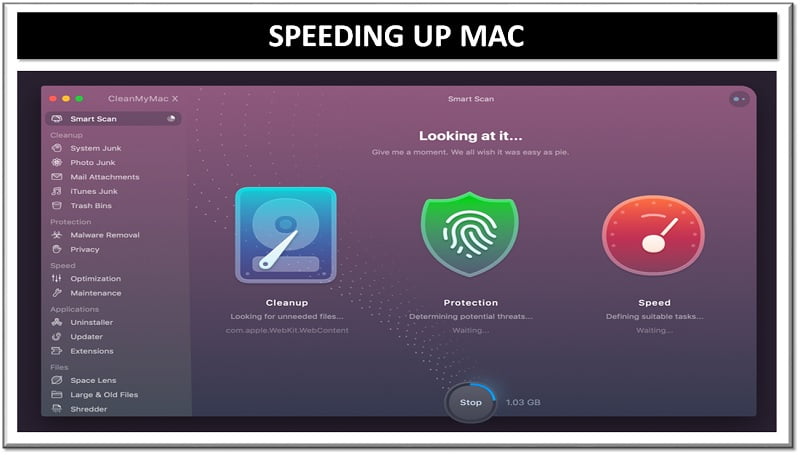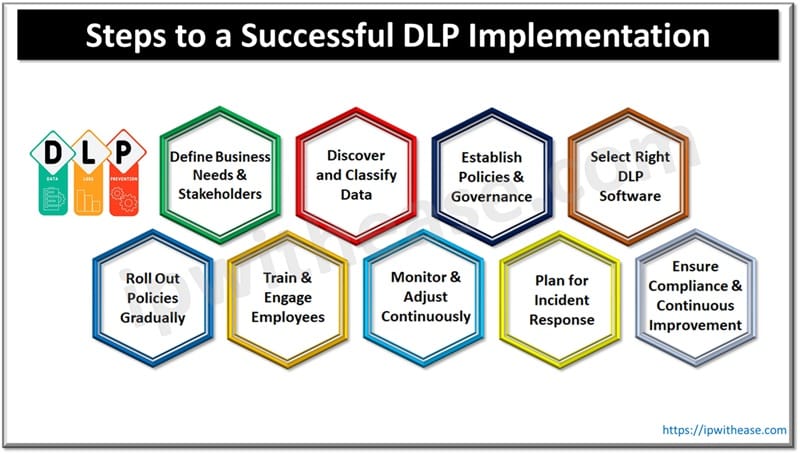
The adoption and use of AI has been growing in various sectors in recent years, leading to an increase in the value of this technology. A new report by the Allied Research Group located in Portland laid out some interesting figures pertaining to the use and growth of AI in telecommunications.
Growth of AI in Telecommunications
The report says that AI in telecommunications produced about $1.2 billion in the telecommunications sector in 2021. With an estimated value of $38.3 by 2031, the compound annual growth rate (CAGR) of AI in telecommunications will be 41.4% from 2022 to 2031.
Growth of the Unified Communications Sector
Unified communication is a term used to describe the services, software, and equipment used in the enterprise space for communication. It includes content sharing, personal and team messaging, video, voice, and voicemail options and solutions.
It can also encompass the integration, management and control of the systems, software, and infrastructure used to enable the services that fall under the unified communications umbrella.
AI is used in this sector to provide several services and benefits, such as optimising the network for better communications, redirecting traffic to avoid congestion and keeping malicious actors out.
The global unified communications market was worth about $113.48 billion in 2022 according to Grand View Research, a research company based in San Francisco. Another research firm, Market Research Future, estimates that this market will be worth over $360 billion by 2030.
This means the compound annual growth rate (CAGR) for the unified communications market will be 21.25% between 2021 and 2030. Some reasons for this increase are telecommunication markets switching to unified communications networks that use AI and combining them into a single platform.
The result is lower business costs, better customer relationships and increased sales.
Primary Drivers of the Growth of AI in Telecommunications
These reports cite various reasons for the expansion of global AI in the telecommunications market. They also indicate some that will impact this growth, leading to telecommunication companies developing solutions to deal with them.
The Advent of 5G
Even though it started a few years ago, many telecommunication companies are in the middle of a 4G to 5G transition. This technology provides higher data speeds which provides a better user experience but puts a lot of strain on telecommunications companies to ensure availability.
Additionally, telecommunication companies are working to provide an infrastructure that supports the adoption of Internet of Things devices, sensors, and everything else that will leverage the technology.
Google and AT&T have already collaborated on leveraging their respective technologies that allow customers to use Google Cloud Services using 5G-enabled devices on the AT&T network. This collaboration enables companies and individuals to leverage services such as networking, artificial intelligence and machine learning, and big data analytics for various applications.
These and other applications are providing massive opportunities for the growth of AI in telecommunications and how individuals and companies can leverage it.
The Adoption of AI Solutions in Telecommunications
Maintenance has always been a priority and concern for telecommunication companies. AI is gaining traction as telecommunication companies seek to use it to maintain their infrastructure and ensure high network availability for all customers.
Additionally, the demand for AI in telecommunications is driven by companies using it to pinpoint issues quickly. Doing this allows companies to reduce the amount of time they previously spent locating such issues. By facing them quickly, AI companies provide better services to their customers, leading to increased satisfaction with specific companies and network providers.
Lastly, telecommunication companies can adopt the Internet of Things just as individuals have already done so in their homes. IoT can help them collect the data they need to perform preventive maintenance and prevent small issues from becoming significant problems.
Incompatibility Between AI and Telecommunication Systems
Even with all the factors helping the growth of global AI in telecommunications, some are still hampering it. One of these is incompatibility between AI technologies and the systems telecommunication companies are using.
This incompatibility presents compatibility when integrating AI into telecommunication solutions. This issue is further compounded by a lack of standardization, leading to every company doing things differently.
Related to this factor is the unreliability of artificial intelligence algorithms. Although they have improved significantly in the last few years, AI algorithms still need significant training to do what they are intended to and produce the results the user wants.

Factors Driving the Growth of the Unified Telecommunications Market
Some factors expected to lead to growth in unified communications include the growth of the mobile workforce, bring your own device trends, and a preference for hybrid workplace models.
The Grand View Research report says that using desktops as the primary means of communication in business is changing as employees prefer smarter devices, including smartphones that can handle more than one task.
As the uptake of AI grows in these devices, telecommunication companies will have to find ways to keep up. One of these is using AI on their end.
Global AI in telecommunications is expected to grow by over 40% by 2031, and the related unified communications market is expected to grow by over 20% in that time. Various factors are leading to this growth, the primary ones being the adoption of AI in this sector and the increasing adoption and use of 5G.
Continue Reading:
5G vs 6G: What to expect with 6G?
ABOUT THE AUTHOR
IPwithease is aimed at sharing knowledge across varied domains like Network, Security, Virtualization, Software, Wireless, etc.



